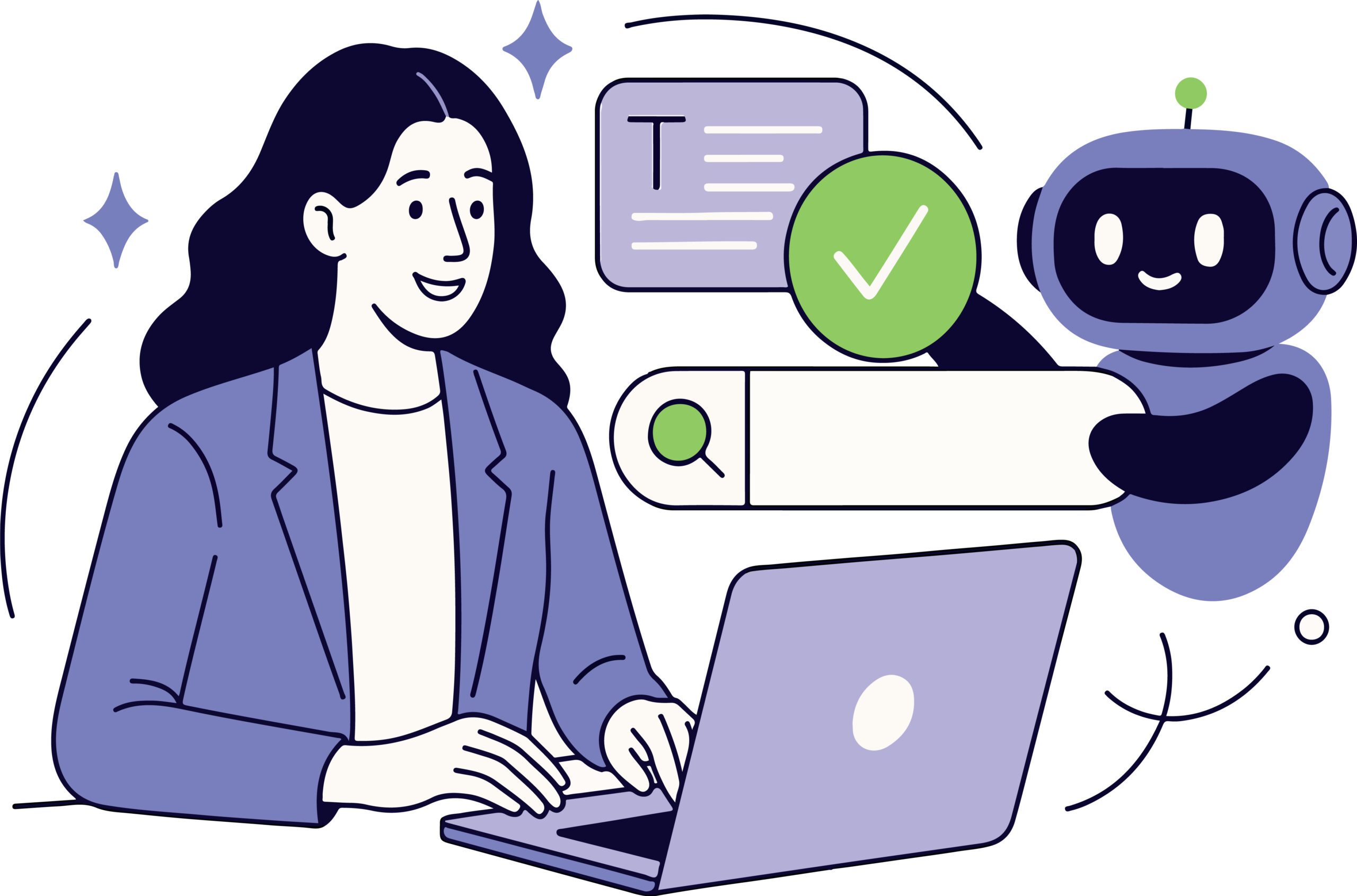
Generative AI in Education: Early Adoption, Equity, and the Road Ahead
New research shows students are experimenting with generative AI, while educators and parents lag behind—raising questions about curriculum, access, and responsible integration.
Topics: Technology
As generative artificial intelligence (AI) technologies rapidly integrate into everyday life, concerns are growing about their impact on the safety, learning, and development of young people. With AI tools increasingly present in classrooms and homes, parents and educators are seeking guidance on how to responsibly manage this evolving digital landscape.
Researchers from the University of California, Irvine, and foundry10, supported by the National Science Foundation, led a national study of more than 4,000 students and that offers timely insights into how adolescents, parents, and teachers are engaging with generative and traditional AI tools.
Key Findings
Adoption Among Adolescents:
- 45 percent of adolescents (ages 9–17) reported using tools like ChatGPT in the past month.
- Only 7 percent used generative AI daily.
- Use of specialized AI tools (e.g., virtual friends, mental health chatbots) remains low.
Perceived Impact:
- 69 percent of adolescent users said AI helped them learn something new.
- Fewer than 6 percent reported negative social or academic effects.
Differences in Use Across Groups:
- Only 25 percent of parents reported using generative AI tools.
- Adolescents are more eager adopters compared to parents and teachers, who vary in familiarity and comfort.
Equity in Access:
- No significant differences were found in AI adoption between teens from lower- and higher-income families—an unexpected and promising finding.
5 Action Items for Educators
1. Stay Informed
Understanding the landscape of AI tools that adolescents are using is crucial. These tools range from:
- Educational platforms (e.g., AI tutors and writing assistants);
- Creative tools (e.g., AI-generated art, music, or video);
- Social media filters and bots;
- Gaming enhancements; and
- Mental health apps using AI for mood tracking or support.
Benefits include personalized learning, creative expression, and increased accessibility. Risks involve misinformation, overreliance, privacy concerns, and exposure to biased or harmful content.
Actionable Tip: Stay updated through tech news, school communications, and youth-focused digital literacy resources.
2. Engage in Dialogue
Open conversations with kids to help demystify AI and build trust. Ask questions like:
- “What AI tools do you use most often?”
- “How do they help you?”
- “Have you ever felt uncomfortable or confused by something an AI did?”
This dialogue encourages reflection and helps adults understand the emotional and cognitive impact of AI on youth.
Actionable Tip: Create safe spaces—at home or in classrooms—for ongoing discussions about digital experiences.
3. Promote Responsible Use
Encourage adolescents to think critically about how and why they use AI. This includes:
- Understanding how AI works (e.g., algorithms and data training);
- Recognizing biases and limitations; and
- Practicing ethical behavior (e.g., not using AI to cheat or plagiarize).
Actionable Tip: Integrate AI literacy into school curricula and promote media literacy programs that include ethical considerations.
4. Monitor Equity
AI tools can widen or narrow the digital divide. Some students might have access to advanced tools and fast internet, while others do not. Key concerns are:
- Unequal access to devices and connectivity;
- Disparities in AI-enhanced learning opportunities; and
- Language and cultural biases in AI systems.
Actionable Tip: Advocate for equitable tech funding in schools and community programs that provide AI access and training to underserved groups.
5. Support Ongoing Research
Youth interaction with AI is evolving rapidly. Continued research helps:
- Track usage patterns and psychological effects
- Inform educational and ethical guidelines
- Shape policies that protect and empower young users
Actionable Tip: Support or participate in studies, share insights with researchers, and encourage institutions to prioritize youth-focused AI research.
Looking Ahead
The researchers emphasize the importance of ongoing monitoring and collaboration among educators, developers, and policymakers to ensure AI technologies support—not hinder—the healthy development of young people.
Learn more about the results of this research study and how it relates to school leadership.

